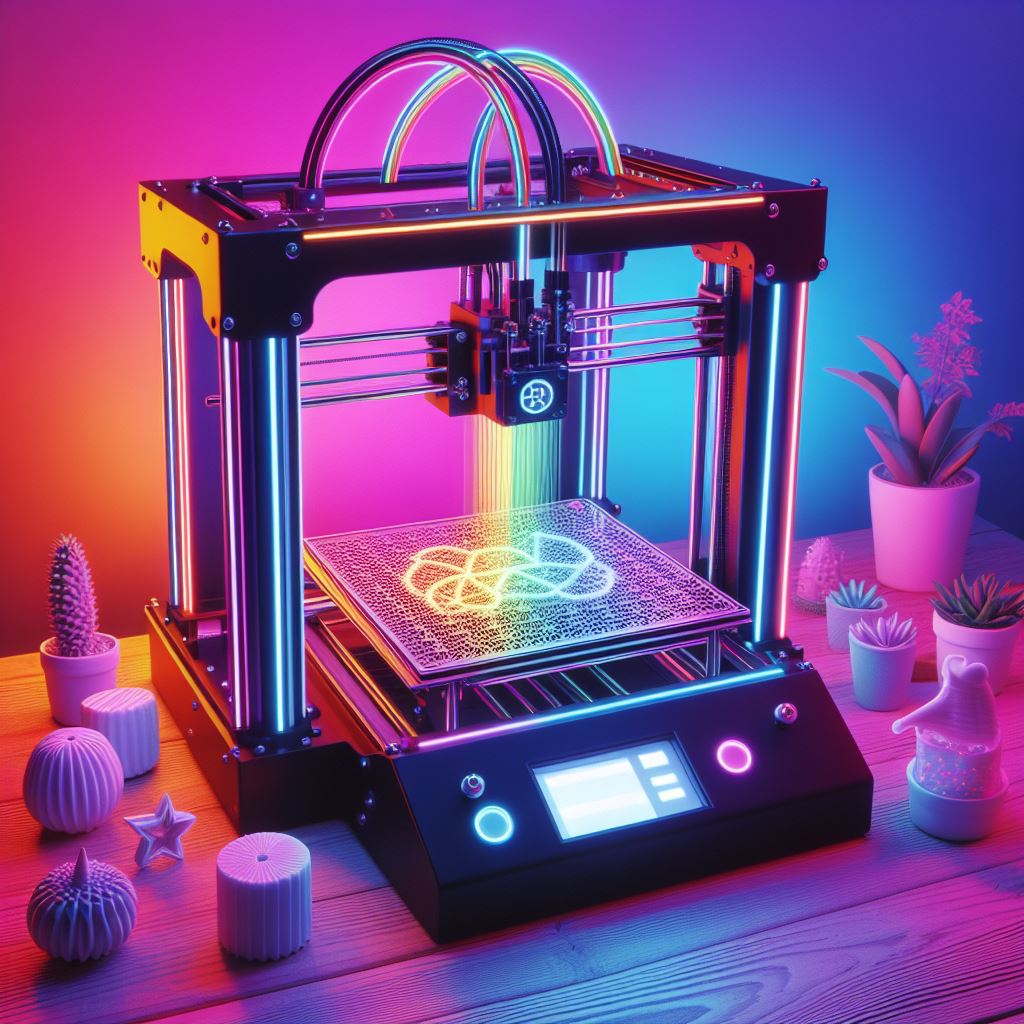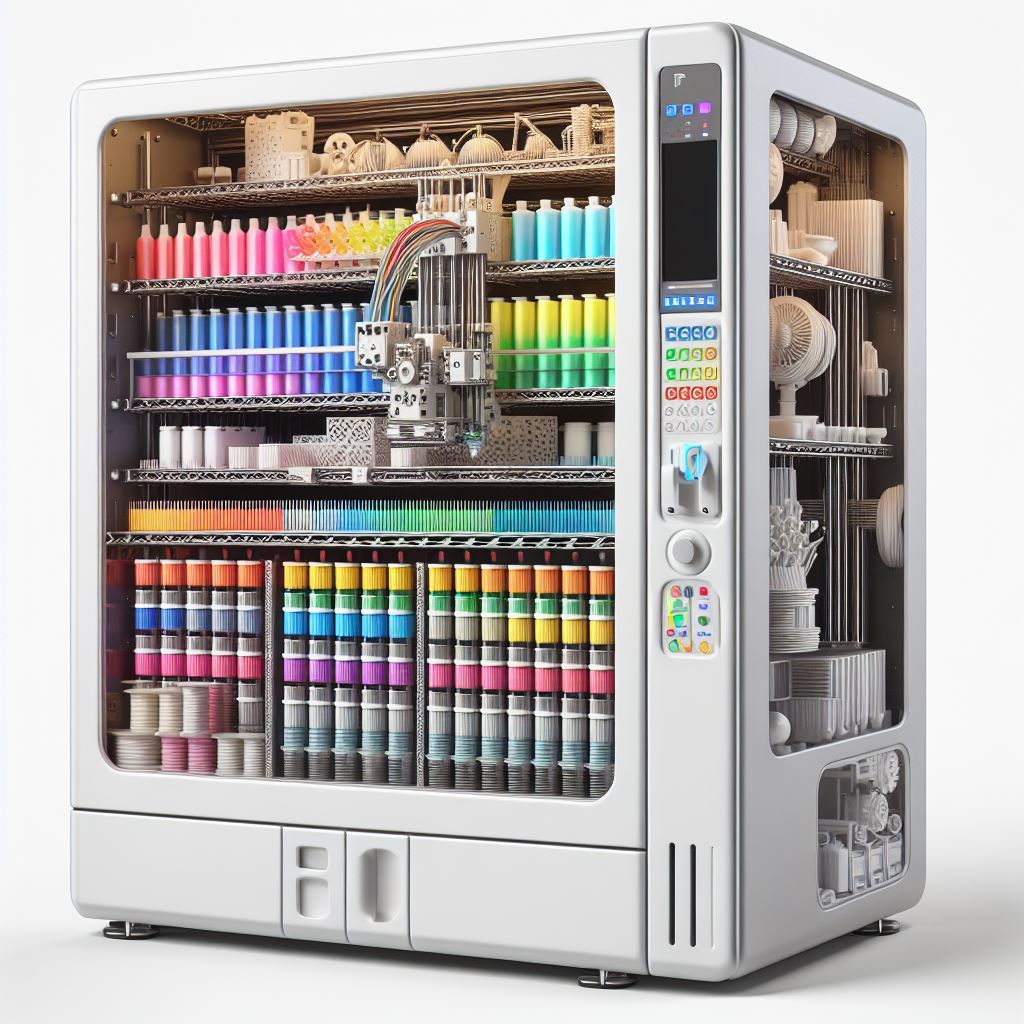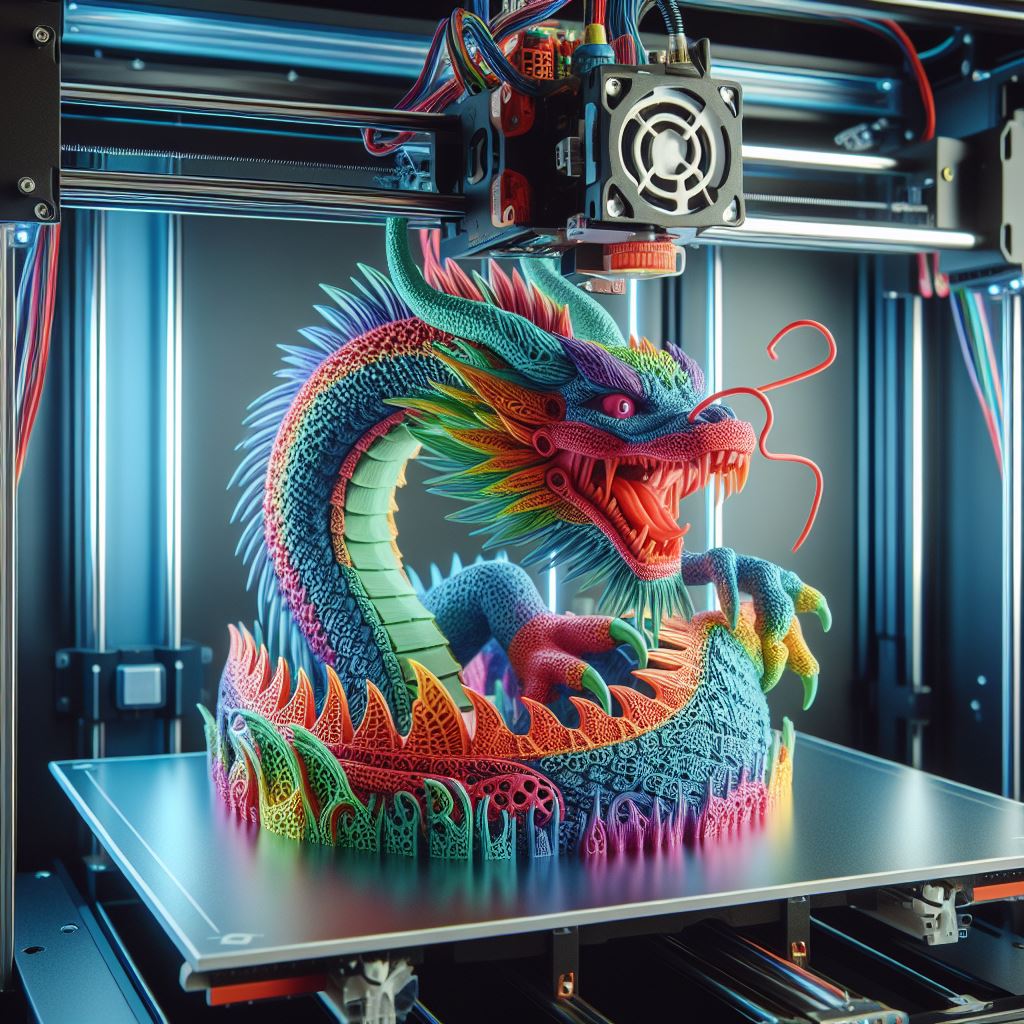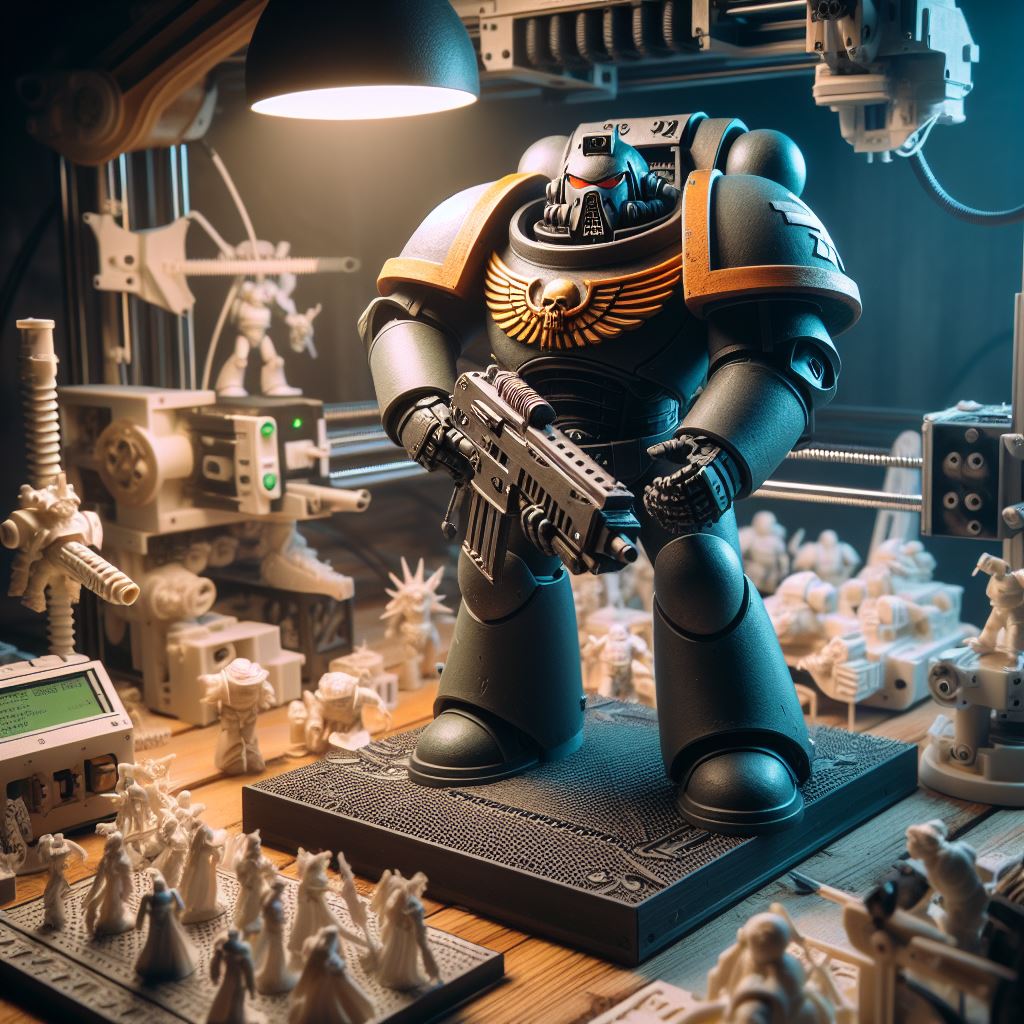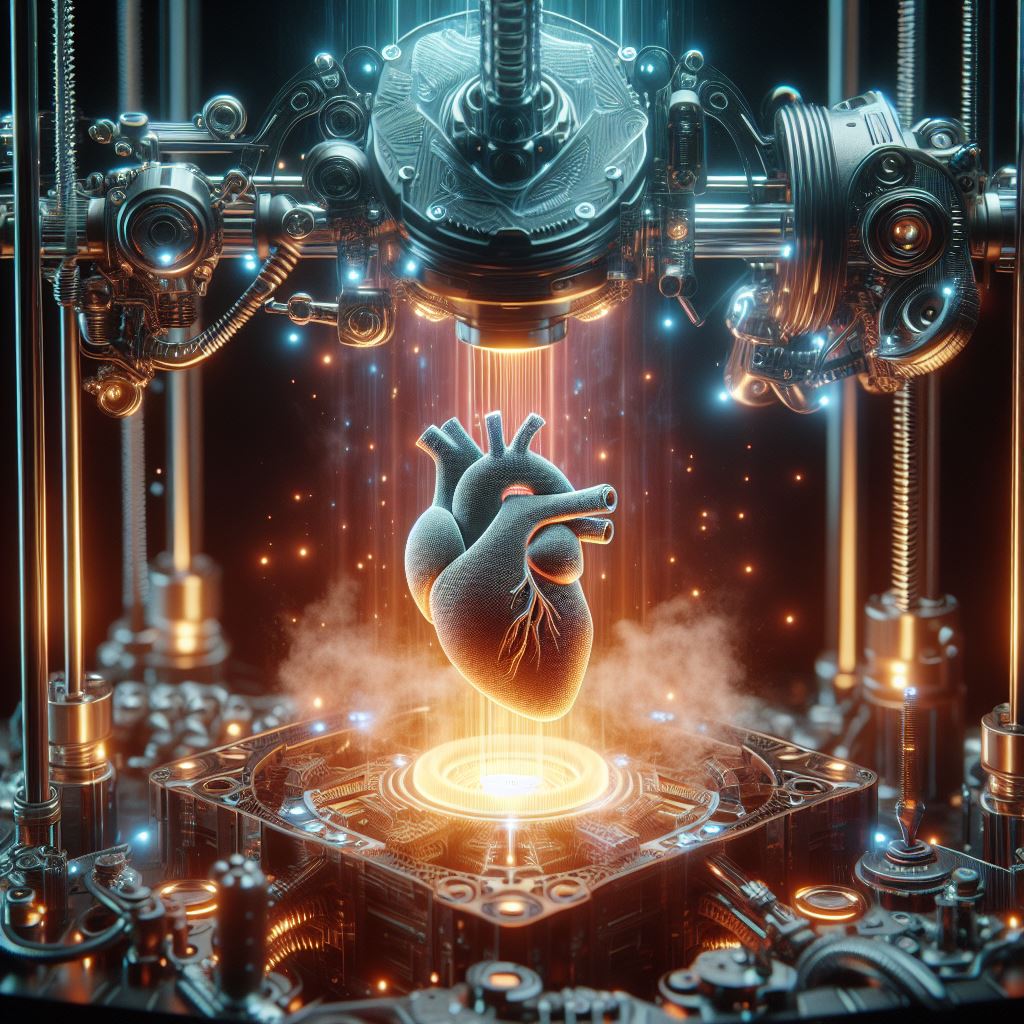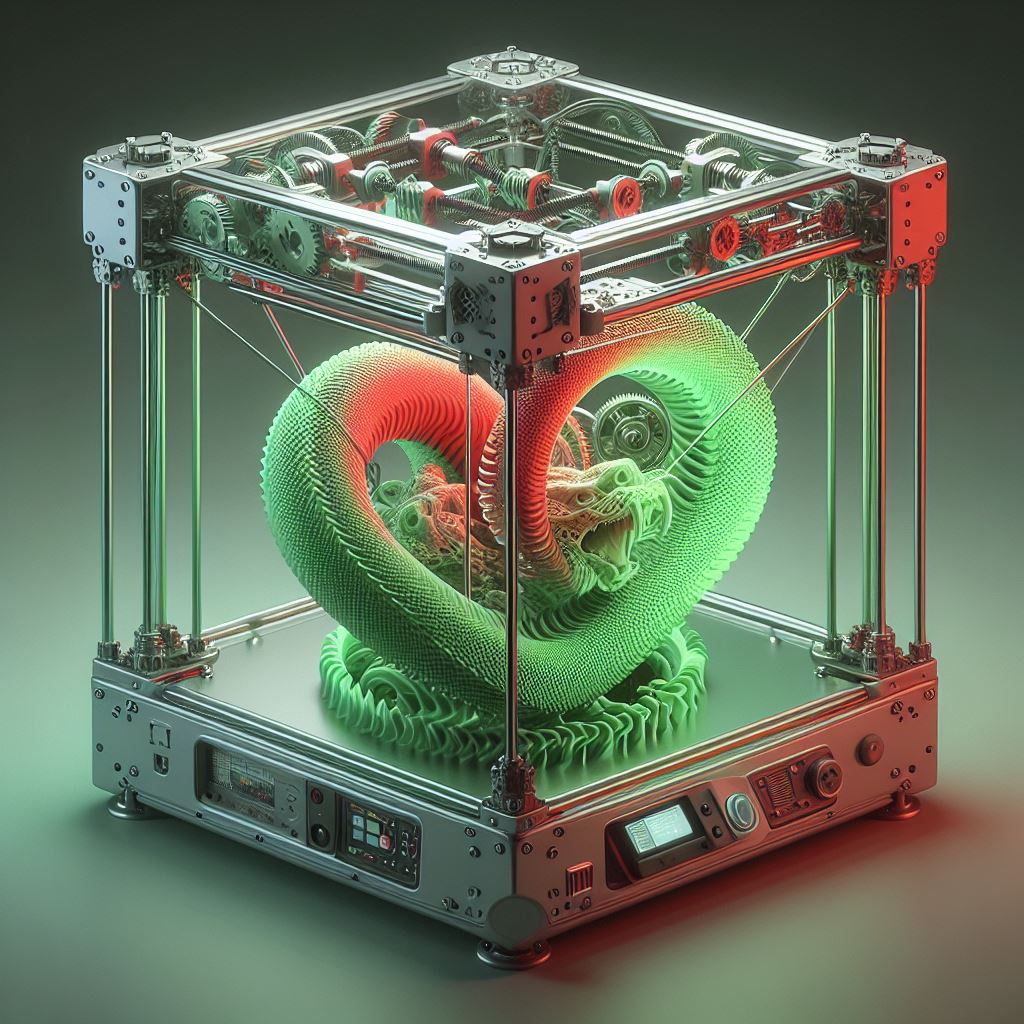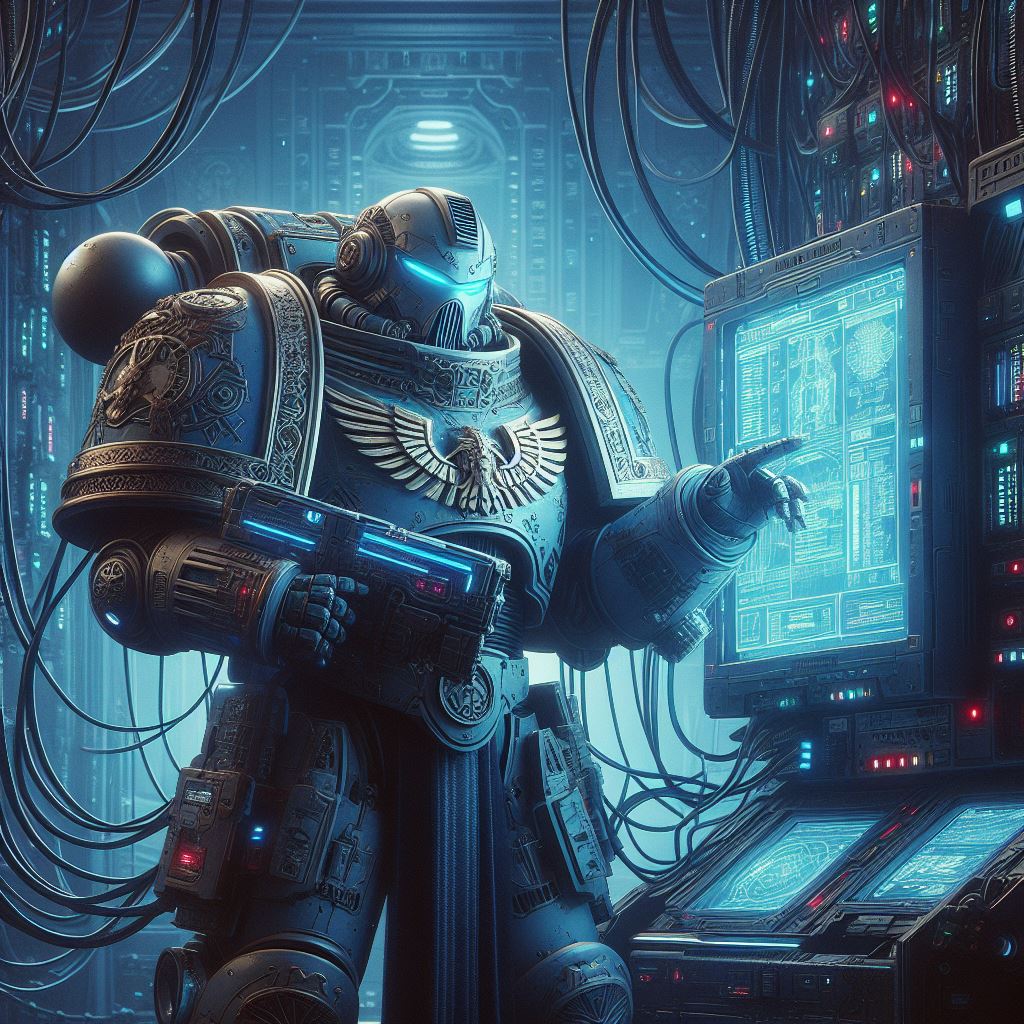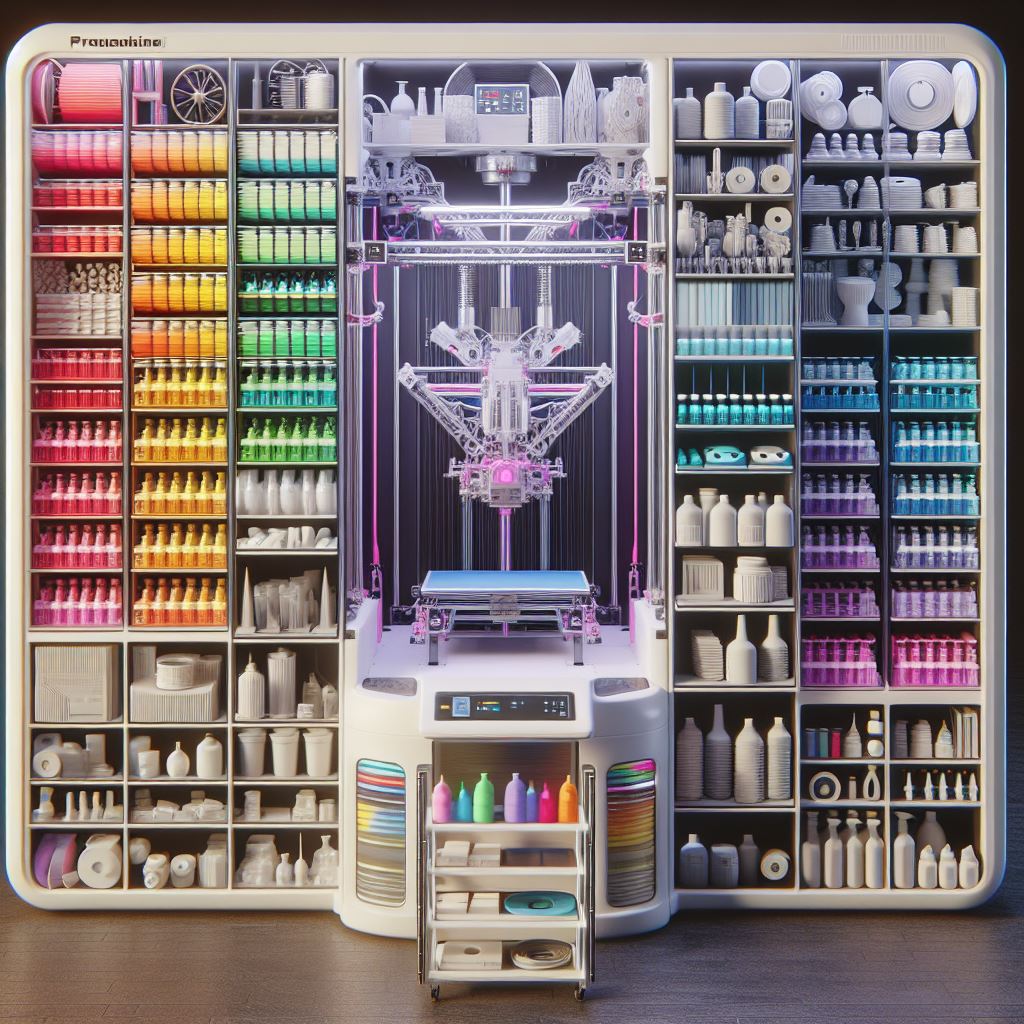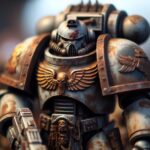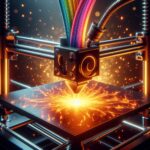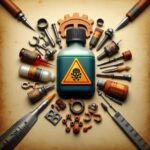Beginner Resin vs FDM Printer for Miniatures Printing In 2024
As a Warhammer fanatic with over 20 years of experience playing tabletop games and creating miniatures, I often get asked – should I buy a resin 3D printer or an FDM 3D printer for printing miniatures? Which one produces higher quality prints for D&D miniatures, wargaming miniatures, or terrain pieces? Is resin or filament better suited for this application?
I faced the same dilemma when I first ventured into 3D printing. With so many options available today at affordable prices, it can get confusing. That’s why in this comprehensive guide, I will compare FDM vs resin 3D printers for printing miniatures and help you make the right choice based on your needs and budget.
Key Differences Between FDM and Resin 3D Printers
Before going into the specifics of printing miniatures, let’s first understand the core differences between the two technologies:
- How They Work
FDM printers work by heating and extruding thermoplastic filament layer by layer to build a 3D object. Resin printers use liquid photopolymer resin which is cured by UV light layer by layer to create prints.
- Materials
FDM printers use plastic filament spools while resin printers use liquid resin stored in bottles. Filament comes in a wider variety like PLA, PETG, ABS etc.
- Resolution and Details
Resin printers offer higher resolution with layer heights as low as 10 microns leading to intricate details. FDM printers typically max out at 100 microns.
- Speed
Resin printers are faster at batch printing multiple miniatures while FDMs are faster at printing single miniatures.
- Ease of Use
FDM printers are easier to operate than resin printers which involve dealing with toxic liquids and post-processing.
- Price
Entry-level FDM machines start at $200 while resin printers start around $300. But resin has higher operating costs for materials and replacement parts.
Factor #1: Print Quality for Miniatures
When it comes to critical aspects like surface finish, fine details, intricate patterns – resin clearly beats FDM technology. This makes resin printers better suited for printing detailed miniatures like those used in tabletop gaming.
The ultra high resolution of resin printers allows them to produce minuscule details accurately. Whether it is the creases on a cloak, the decor on armor and weapons, facial features on an orc head, resin can handle it with ease. FDM struggles to replicate such tiny nuances due to the larger nozzle and layer height limitations.
Resin printed miniatures have a smooth surface with virtually no visible layer lines. The curing process creates strong bonding between layers leading to a seamless finish. In contrast, FDM printing leaves visible ridges because of the thicker extruded layers. These would need extensive post-processing to eliminate which is impractical for an army of miniatures.
If superb detail and paintability are your top priority, a resin 3D printer beats FDM hands down for printing miniatures.
Factor #2: Speed of Printing Miniatures Here’s a comparison based on a common 28mm humanoid miniature:
FDM Printer:
Print time for 1 mini: 60-90 minutes Print time for 10 minis: 600-900 minutes (10-15 hours)
Resin Printer:
Print time for 1 mini: 120-180 minutes
Print time for 10 minis: 120-180 minutes
Resin printers take longer per miniature because of the higher resolution and slower curing process. But when batch printing several miniatures together, the layered curing approach makes resin exponentially faster than FDM extrusion.
So if you need to mass produce troops, heroes, monsters, resin is definitely faster. For terrains and large props, FDM pulls ahead for speed.
Factor #3: Ease of Use For first time users, FDM 3D printers are easier to operate compared to resin printers:
- No toxic chemicals to handle
- Load filament, level build plate, start print
- Remove object after print, wash if needed
- Failed prints can be handled safely
Resin printing involves additional steps like washing, curing, dealing with failed prints that can be messy for beginners. The post-processing needs workspace arrangements for solvents, gloves, containers etc.
So while resin produces better miniatures, it comes at the cost of higher learning curve. FDM is more forgiving for someone still learning the nuances of 3D printing.
Factor #4: Running Costs The costs don’t end with just buying the printer. Operating costs over time also need consideration while making a choice:
1 kg PLA Filament: $20 ($0.02 per 28mm mini)
1L Resin Bottle: $40
($0.05 per 28mm mini)
Other Resin costs: Isopropyl alcohol, nitrile gloves, filter sheets, containers
So resin printing has notably higher operational expenses than FDM printing with filament. Replacing printer parts is also pricier on resin printers. This adds up over time if you print frequently.
Factor #5: Print Bed Size FDM printers offer much larger build volumes compared to similarly priced resin printers.
My Anycubic Mega X has 300 x 300 x 305 mm capacity which can print a bunch of miniatures in one go or even large terrain pieces. In contrast, resin printers under $500 max out around 130 x 80 x 160 mm. This is adequate for printing miniatures singularly but limits batch printing capacity.
So if the goal is mass production or large props, an FDM printer provides more value due to the bigger bed. For focused miniature printing, resin printer build sizes are sufficient.
Recommended Printers for Miniatures Based on the above comparison, here are my top 3 recommendations if you are looking specifically at miniature printing application:
- Anycubic Photon M3 Max 4K mono LCD resin printer with superb precision Large 7.6 inch build volume for batch printing Dual air filtration system for fume extraction Excellent value for money
- Elegoo Mars 3 Pro 4K Most popular budget resin printer for minis 4K LCD provides extreme detail CHITUBOX slicer works great Large community provides support
- Artillery Genius Pro Affordable high-quality FDM printer
Ultra silent TMC2209 stepper drivers Direct drive extruder provides precision Enclosed chamber improves surface finish Reliable performer straight out of the box
All three deliver impressive results for miniature printing and create an engaging experience for tabletop gamers. Choose based on your specific requirements within your budget constraints.
Let’s Summarize Resin vs FDM for Miniatures
- Resin produces extraordinarily detailed miniatures but involves handling toxic chemicals.
- FDM is more beginner-friendly but output quality is lower. Great for terrain.
- Resin cures fast for batch printing multiple miniatures. FDM better for single prints.
- Running costs are cheaper for FDM with widely available filament.
- FDM printers provide larger build volumes. Resin build areas can be restrictive.
I hope this detailed feature comparison helps you decide whether to go with an FDM or a Resin 3D printer for printing miniatures suited to your needs. Our WarhammerUniverse YouTube channel also has more tips and guides on maximizing the potential of 3D printing for tabletop gaming.
Let me know if you have any other questions in the comments! I’m always happy to help fellow hobbyists embrace 3D printing.
Related Articles
Find the best 3D printers in 2024 for crafting top-notch miniatures – we showcase the leading options for 2024 based on key factors.
Get definitive answers on Warhammer IP laws surrounding 3D printing copyrighted miniatures in 2024 for personal and tournament use.
Master 3D printing miniatures for warhammer – our guide covers robust printing strategies plus painting and preservation tips for tabletop.
Apply 3D printing basics for warhammer spanning your first test prints to dialing in sliced settings, smooth post-processing, priming and painting techniques.
Strategize support placement when 3D printing complex miniature geometries and overhangs prone to print failures.
See how nozzle size impacts prints – guide to balancing resolution against speed for the highest quality tabletop miniatures.
Shop top 3D model files for printing stunning miniatures – we cover fantasy, historical and sci-fi tabletop genres.
Solve stringing issues on prints by tweaking temperature, retraction, speed and cooling settings – fixes ugly strings for good.
Get total cost clarity by budgeting your 3D prints – calculator weighs printer, resin/filament, model expenses and army size considerations.

